
Ingredient
Cranberries and similar-
The Tangy Gems of Autumn
Cranberries and similar berries, such as lingonberries and currants, have a tangy and slightly sour taste with a hint of sweetness. They are small, round fruits with a vibrant red or dark purple color and a firm texture. These berries are commonly used in sauces, jams, desserts, and beverages.
Origins and history
Cranberries have a long history in North America, where Native Americans used them for food, medicine, and dyes. They were later introduced to European settlers and gained popularity as a Thanksgiving staple. Lingonberries are native to Northern Europe and have been used in Scandinavian cuisine for centuries. Currants have a rich history in Europe and were highly valued for their medicinal properties.
Nutritional information
Cranberries and similar berries are low in calories and rich in antioxidants, vitamins C and E, and fiber. They also contain proanthocyanidins, which may help prevent urinary tract infections.
Allergens
Some individuals may be allergic to cranberries or other similar berries. Allergic reactions can range from mild symptoms, such as itching or hives, to more severe reactions like difficulty breathing or anaphylaxis.
How to select
When selecting cranberries, look for firm, plump berries with a vibrant color. Avoid any berries that are soft, shriveled, or discolored. Fresh cranberries should make a slight bouncing sound when dropped on a hard surface, indicating their freshness.
Storage recommendations
Fresh cranberries can be stored in the refrigerator for up to 4 weeks. Lingonberries and currants can be stored in the refrigerator for 1-2 weeks. To extend their shelf life, cranberries can also be frozen for up to a year.
How to produce
Cranberries can be grown in home gardens or purchased from farmers markets during the harvest season. They require acidic soil and prefer cooler climates. Lingonberries and currants can also be grown in suitable regions.
Preparation tips
Cranberries and similar berries can be used in a variety of dishes, including sauces, relishes, pies, muffins, and cocktails. They can be cooked down into a compote or used as a garnish for savory dishes. Lingonberries are often served with Swedish meatballs or used in jams and preserves. Currants are commonly used in baked goods, jams, and sauces.
Culinary uses
Cranberries and similar berries are widely used in North American and European cuisines. They are commonly found in dishes associated with Thanksgiving, Christmas, and other festive holidays.
Availability
Cranberries are primarily cultivated in the United States, particularly in states like Wisconsin, Massachusetts, and New Jersey. Lingonberries are native to Northern Europe and are commonly found in Scandinavian countries. Currants are cultivated in various regions around the world, including Europe, North America, and Asia.
More ingredients from this category
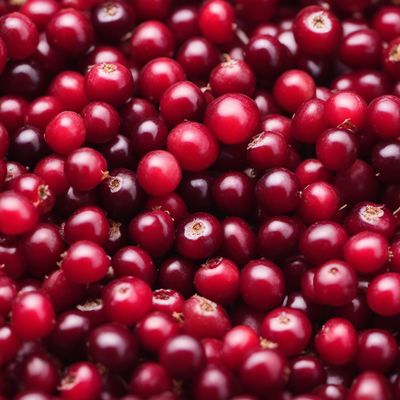
Small cranberries
The Tiny Powerhouses of Tartness
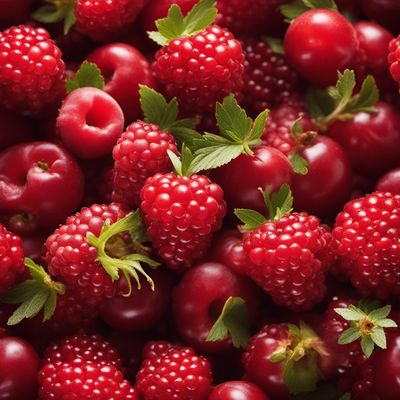
Crowberries
The Dark and Tangy Gems of the Arctic

Partridge berries
The Vibrant Partridge Berries

Cranberries
The Tart Jewel: Unveiling the Cranberry's Brilliance

Muntries
The Native Australian Superfood: Muntries

Cloudberries
The Golden Berries of the Arctic
Recipes using Cranberries and similar- » Browse all

Louisiana Creole Beignets
Savory and Spicy Creole Beignets: A Taste of Louisiana
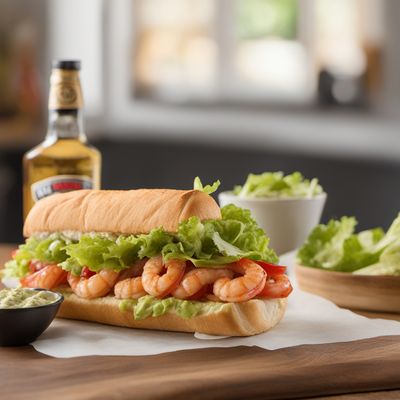
Classic Shrimp Po'Boy
Savor the Sea: Classic Shrimp Po'Boy Delight

Cajun Vastedda
Spicy Cajun Twist on Sicilian Vastedda

Bocadillo de Huevos Fritos with a Twist
Spanish Delight: Crispy Fried Egg Sandwich

Danish Pork Roast Sandwich
Scrumptious Danish Delight: Pork Roast Sandwich

Louisiana Creole Roti Buaya
Spicy Alligator Flatbread: A Louisiana Creole Twist on Roti Buaya

Icelandic Hot Dog with a Twist
Sizzling Flavors of Iceland: Reinvented Hot Dog Delight
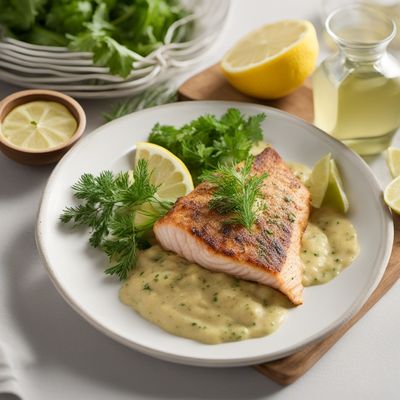
Silesian-style Fish Fillet with Remoulade
Crispy Fish Delight with Silesian Remoulade
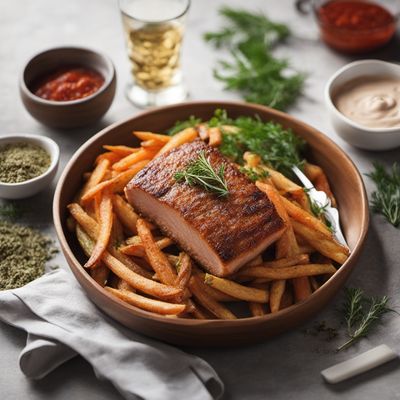
Frygadeli - Danish Delight
Crispy Danish Pork Fritters with a Twist

Matambre Relleno with Chimichurri Sauce
Savory Stuffed Matambre: A Flavorful Delight from Argentina

Malay-style Meatballs with Spicy Peanut Sauce
Rempah-infused Meatballs in Fragrant Peanut Sauce
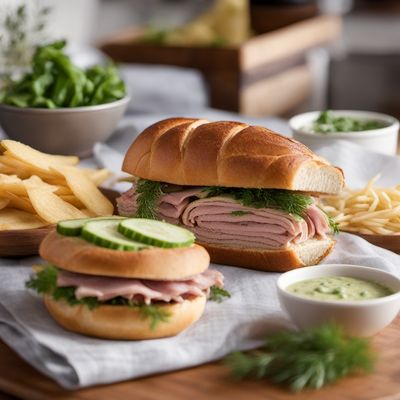
Lowcountry Medianoche Sandwich
Southern Charm Medianoche: A Lowcountry Twist on a Cuban Classic